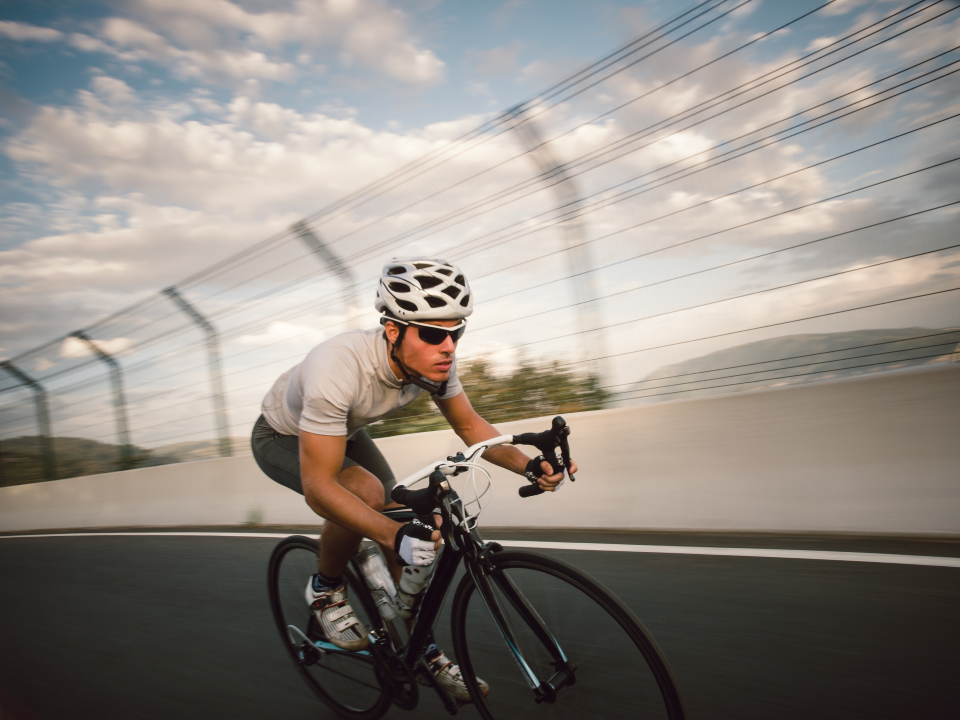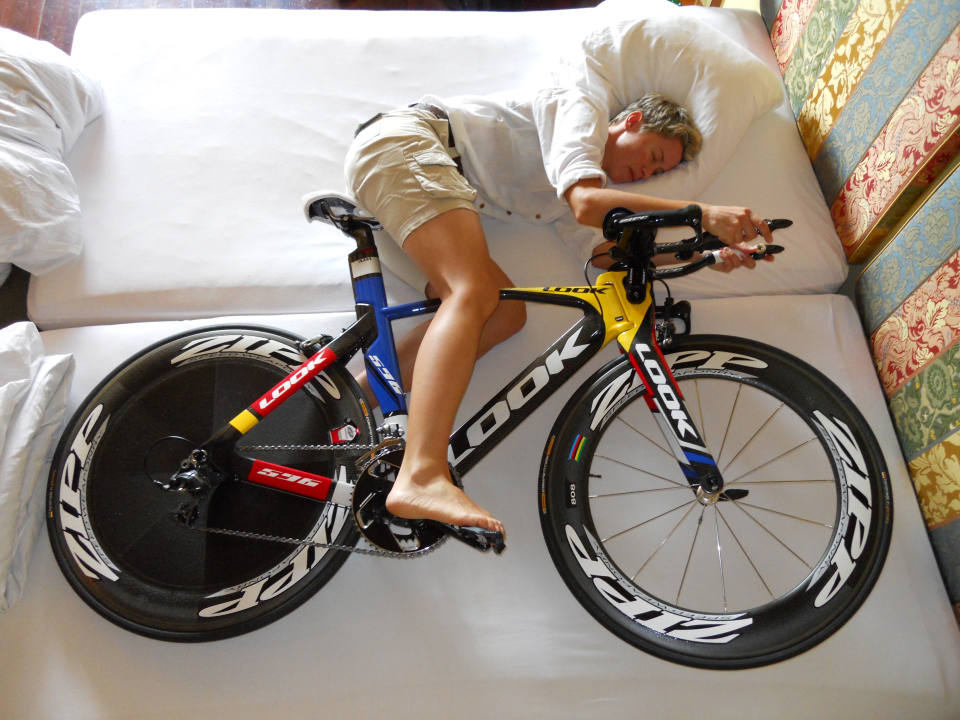Getting Fit and Prepared for Fondo Season
Get ready for your Bucket List rides next season

The successful preparation for a new cycling season happens during an off-season. It’s a great time to recover, build on fitness from the previous season and rebuild the athlete’s new physiological profile.
The off-season is a period immediately after the racing season when no races are happening. For professionals and some amateur cyclists, this is only a three or four months in length, whereas others may have only a few months of racing and off-season is much longer.
The Duration of your off-season preparation will depend on your particular goals and number of races you want to undertake. In any case, the off-season should contain a recovery phase to withstand the intensity of preparation and the entire cycling season. Next is the phase that focuses on building your base and then the phase that builds on top of your base with specific areas of fitness.
In order to orient yourself with preparation throughout the season, have a seasonal overview and split the season into monthly phases, with adaptation weeks usually every 4th week. The Training Peaks software uses a great annual training plan tool where you can, in detail, schedule your workload intensity by weeks and automatically schedule when you want to be in shape. Therefore it is important to know what your targets are in the upcoming season and all your events.
Importance of Post Season Recovery
As the physical and mental demands of preparation for upcoming season are high, it is important to be well rested. Before preparation starts, include a once in a year recovery phase. This should be about 3-5 weeks of complete recovery without any structured training. The goal is to reduce total body stress accumulated from previous season and get mentally prepared. Focus on things outside of cycling, practice different sports and enjoy food which you can’t normally afford during the season. Give your body and mind a full rest. Professional cyclists usually take time out, go to a Spa or go on holiday.

Building your Base
Building a solid base will lay the foundations upon which you can build intensity later on. The goal of base training is to gradually build up your aerobic fitness and muscular strength to the point where your foundations are strong enough and prepared for more difficult, race-oriented training. In this phase, spend more time on lower training zones developing endurance, strength and losing weight, through long rides and fasted rides.
The Duration of base depends on your particular goals and your current state of fitness, but typically lasts around 2 months.
Base will require that you work on key fundamentals, here are some of the examples of types of training:
 Endurance & Sweet Spot
Endurance & Sweet Spot
Long endurance rides at lower training zones developing basic endurance and promote weight loss. Typically a 4-6 hour ride. Additionally, aim to spend about 1-2 hours a week at a zone below your threshold (88-92% of your FTP), ideally on long climbs.
 Strength Training
Strength Training
Developing muscular strength on the flat and on climbs. On climbs, stay at 40-45 rpm at 88-92% of your FTP for 4 minutes and repeat several times. On flats you can do 8 minutes effort at 55-60rpm.
 Fasting Metabolism
Fasting Metabolism
Ride once or twice a week without breakfast at endurance pace. This will teach your body to be more effective in using energy from food and you’ll also get better at burning fat.
 Pedaling Technique
Pedaling Technique
For a few minutes around twice a week, pedal with only leg, at a time on the flat. This will help you to improve your pedaling efficiency. You’ll learn how to pedal all the way round.
 High Cadence
High Cadence
Once a week, practice high cadence (105-115 rpm) workouts on the flat and on climbs. Duration varies, but anywhere from 4 mins to 8 mins, and repeat several times. You can also do short 30 second accelerations on the flat with super high cadence +130rpm.

Core Training & Stretching
Practice core training and stretching before or after your training about twice a week. This will improve your flexibility, strengthen your body and improve your recovery.
Build on Top of your Base
Once you have established a solid base, add training for more specific abilities. Which abilities depends on what type of race you are undertaking. Unlike criteriums or time trials, Gran Fondo preparation requires less intensity based training. For any Gran Fondo it is essential to have optimal weight and solid endurance along with the strength which you should have developed by this stage. You’ll also need to add one high intensity workout once a week, in order to raise your functional threshold power. You should start about 2 months before your first Gran Fondo and practice a high intensity workout about once a week. Remember that every training day should focus on a different aspect.
Examples of some of the training workouts are:
 Lactate tolerance training
Lactate tolerance training
Anaerobic Threshold training focuses on improving lactate tolerance - 40s at 120-130% of your FTP and 20s at endurance pace, continuously for 10 min on a steady climb.
 Alternating threshold
Alternating threshold
Very useful workout for developing threshold power and altering pace on a longer climb - 15 or 20 min at about 90% of your FTP, every 2.5 minutes a 30s acceleration at 120-130% of FTP.
Preparing for your Gran Fondo can be challenging, therefore it is important to maintain high motivation. Make sure your goal is realistic but ambitious. Identify the gap between where you are now and where you want to be and each month evaluate your improvements. You can also visualize your target race in detail and focus on a best outcome possible.



 Sunday April 19th
Sunday April 19th






